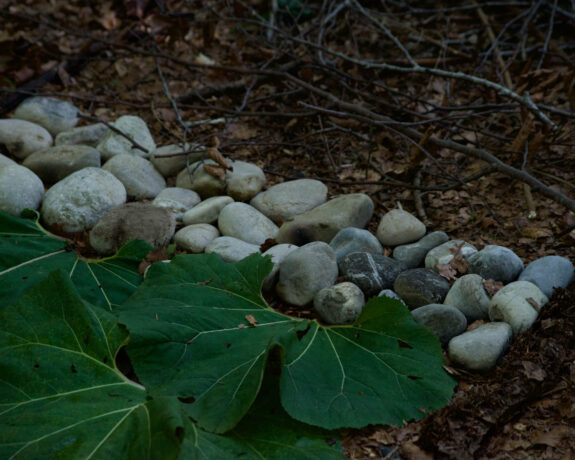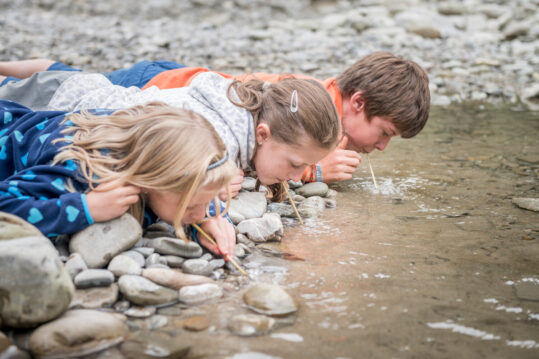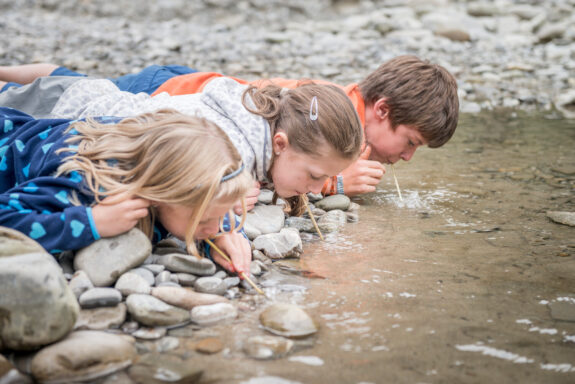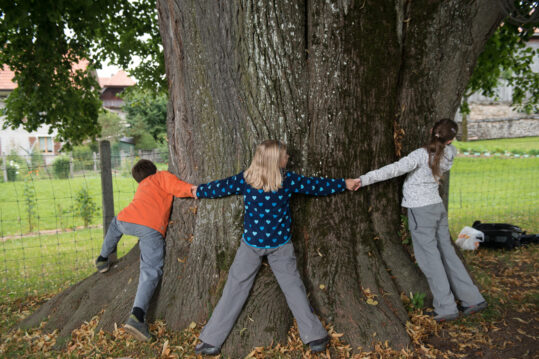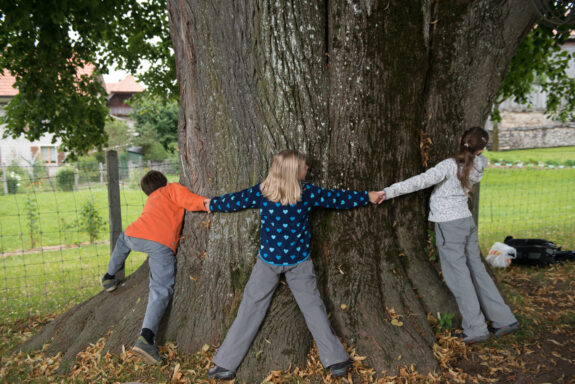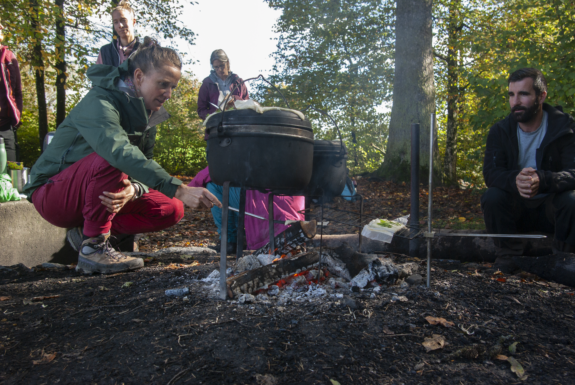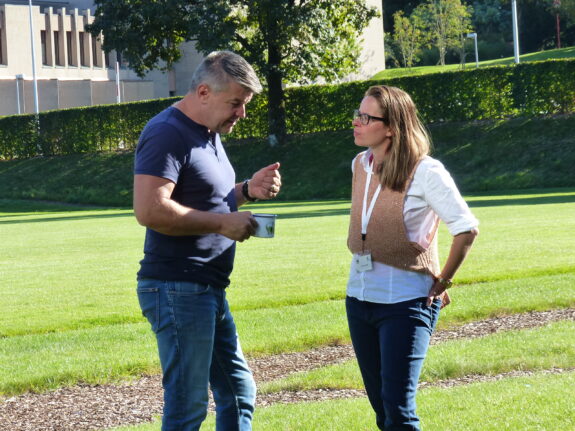Young and old alike, we are spending more and more time on our screens. More and more of our professional and private activities and interactions take place in virtual worlds or within four walls.
Phrases such as ‘alienation from nature’, ‘changing-baseline-syndrome’ and ‘nature-deficit-disorder’ circulate with increasing frequency in the media. But do these refer to real phenomena?
SILVIVA does not wish to play nature and technology or the indoors and the outdoors off against each other. Both are important aspects of the human experience and society.
However, we recognise that scientific findings and experience both show ever more clearly that learning experiences which include all the senses in outdoor, natural spaces are incredibly important. Contact with and experience of the natural world seems to be an important aspect of a healthy, contented life: to go out and touch grass.
That is why we promote learning in and with nature as widely as possible. This concept is in turn part of outdoor learning, simply in natural spaces.
We have a broad understanding of learning in nature: there is no one right form, but rather a variety of possibilities that should be adapted to the situation and to the learning objectives. Just being outside can help, even if the lesson is otherwise unchanged.
Whether nature is used as a learning context, to deepen knowledge of natural phenomena, or as a place for experimentation to understand complex issues such as climate change, any form of interaction is useful as long as it has a positive impact on learning.
